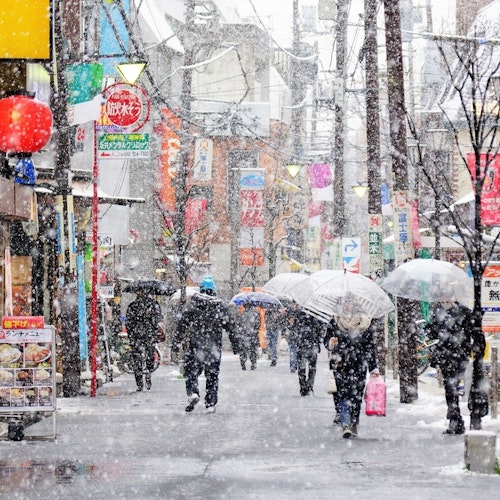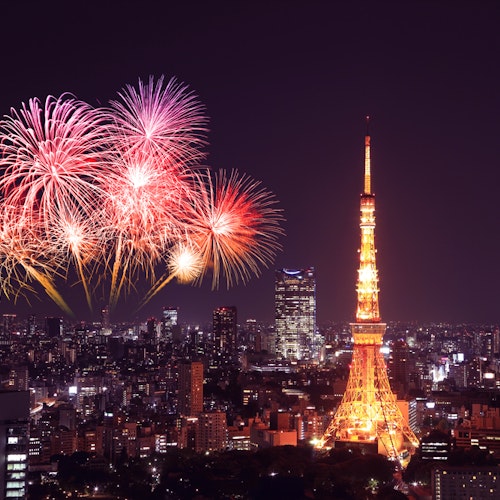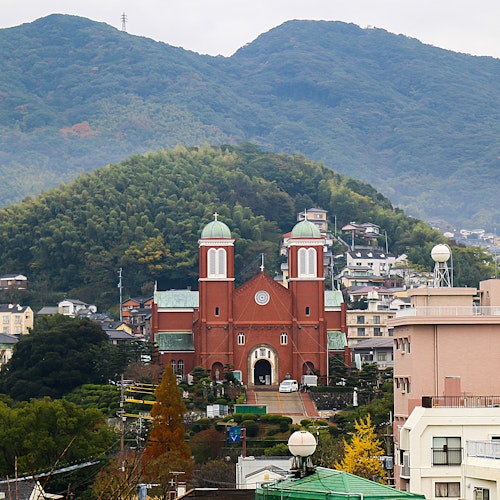
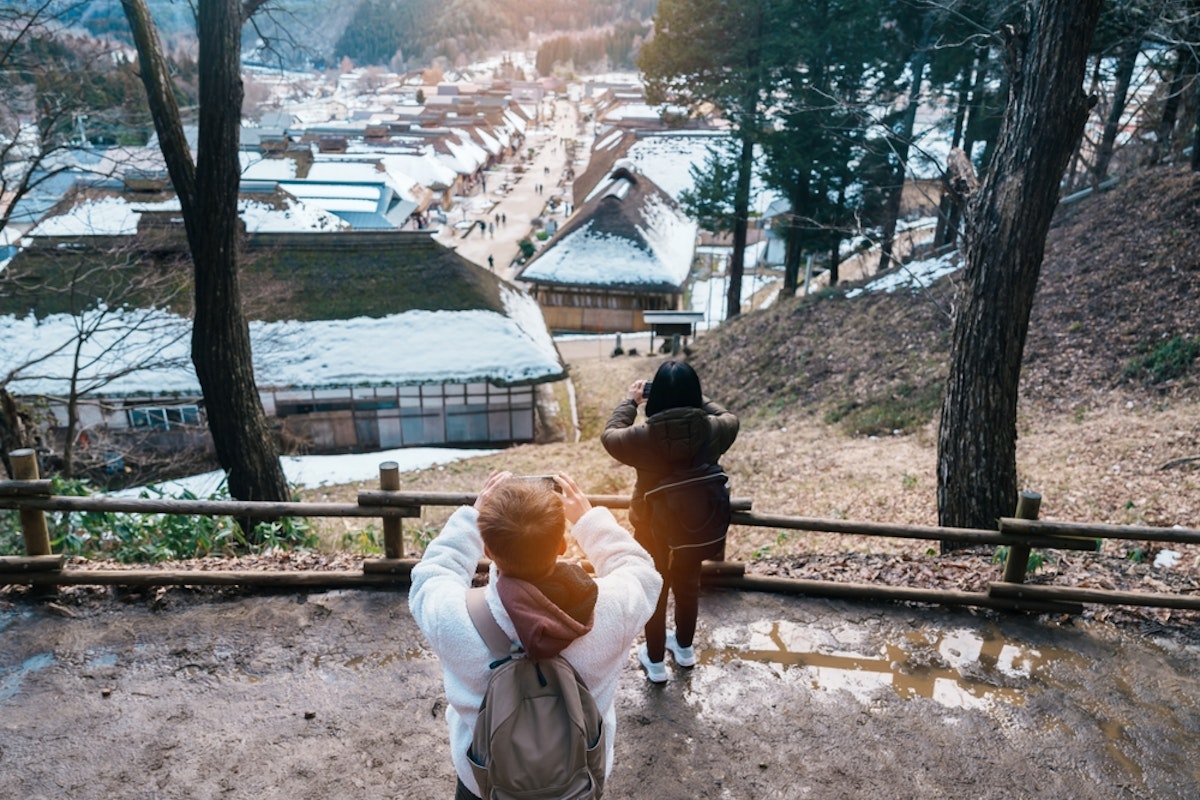
Japan's northeastern region of Tohoku remains one of the country's best-kept secrets. While millions of tourists flock to Tokyo, Kyoto, and Osaka, this stunning six-prefecture region offers authentic Japanese culture, breathtaking natural beauty, and unforgettable experiences without the overwhelming crowds. If you're seeking the real Japan, Tohoku should be at the top of your travel list.
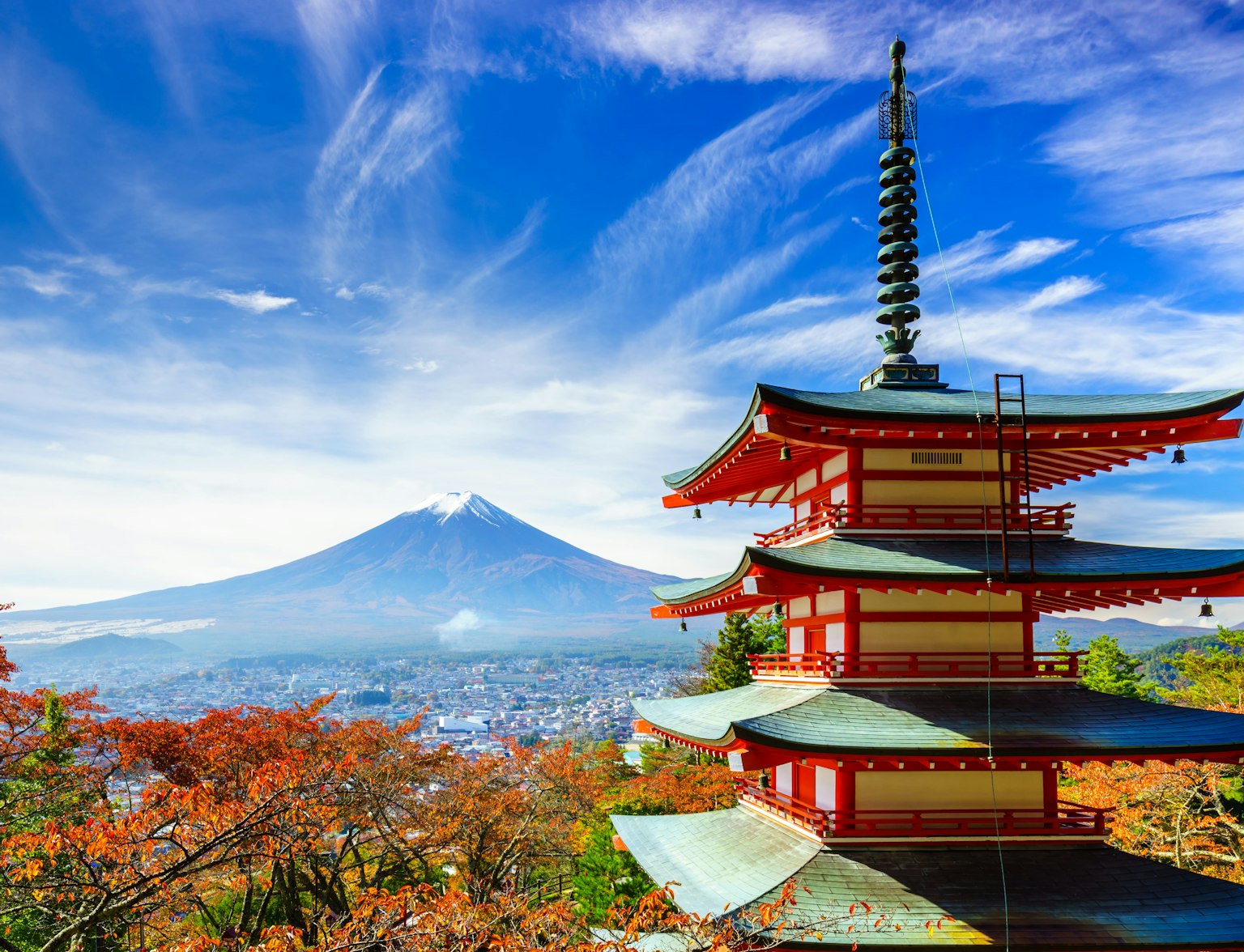
Discover Japan without limits with our all-access JR Pass!
Tohoku encompasses six prefectures: Aomori, Iwate, Miyagi, Akita, Yamagata, and Fukushima. This vast region stretches across northern Honshu, offering everything from pristine coastlines and sacred mountains to traditional hot springs and UNESCO World Heritage sites. Despite its incredible offerings, Tohoku receives only a fraction of Japan's international visitors, making it perfect for travelers who want to experience Japan as locals do.
The region's authenticity stems from its slower pace of life and deep connection to traditional Japanese culture. Here, ancient festivals continue unchanged for centuries, local dialects preserve linguistic heritage, and seasonal rhythms still dictate daily life. Unlike Japan's major tourist destinations, Tohoku allows you to witness genuine Japanese culture rather than a version adapted for mass tourism.
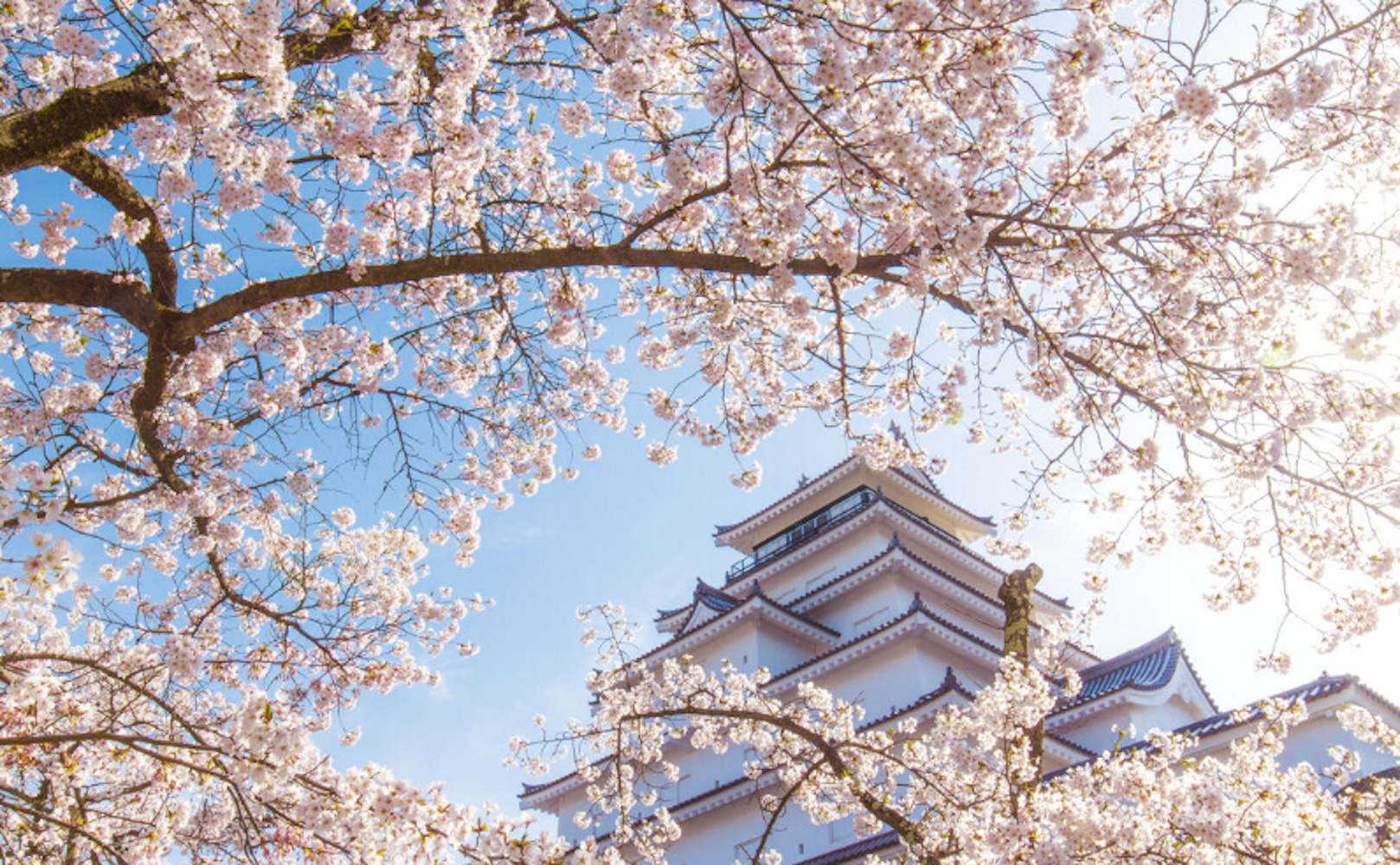
Tohoku's natural beauty is simply spectacular. The region boasts some of Japan's most pristine wilderness areas, including the mystical Shirakami-Sanchi UNESCO World Heritage forest in Aomori, home to virgin beech forests that have remained untouched for thousands of years. These ancient woodlands offer hiking trails that lead through ethereal landscapes where sunlight filters through centuries-old trees.
Mount Zao, straddling the Yamagata-Miyagi border, transforms into a winter wonderland famous for its "snow monsters" – trees completely encased in ice and snow that create otherworldly sculptures. The mountain also features stunning crater lakes and hot springs, making it a year-round destination for nature lovers.
The Sanriku Coast in Iwate and Miyagi prefectures offers dramatic coastal scenery with towering cliffs, hidden beaches, and countless small islands. The coastline's raw beauty provides endless opportunities for photography, hiking, and quiet contemplation away from Japan's busier tourist areas.

Tohoku's cultural heritage runs incredibly deep, with traditions preserved more faithfully than anywhere else in Japan. The region hosts some of Japan's most spectacular festivals, including Aomori's Nebuta Matsuri, where enormous illuminated floats parade through summer streets in a riot of color and sound that dates back over 300 years.
Hirazumi in Iwate Prefecture showcases the refined culture of the Fujiwara clan through its Pure Land Buddhist temples and gardens, designated as a UNESCO World Heritage site. These 11th and 12th-century structures represent the pinnacle of Japanese aesthetic achievement and offer profound insights into medieval Japanese spirituality and artistry.
Traditional crafts flourish throughout Tohoku, from Iwate's famous ironwork to Yamagata's silk weaving and Akita's woodworking. Visitors can watch master craftspeople at work and even participate in hands-on workshops, gaining appreciation for skills passed down through generations.
Tohoku's cuisine reflects both its harsh winters and abundant natural resources, resulting in hearty, flavorful dishes that warm the soul. The region's short summers and long winters have created a culture of preservation and fermentation that produces some of Japan's most distinctive flavors.
Local specialties include Sendai's famous gyutan (grilled beef tongue), incredibly tender and flavorful when prepared by skilled local chefs. Akita prefecture offers kiritanpo, grilled rice sticks served in hearty chicken soup, while Aomori is renowned for its exceptional apples and apple-based products, including unique apple hot springs.
The region's sake culture is particularly noteworthy, with local breweries producing exceptional rice wines that reflect Tohoku's pristine water sources and premium rice varieties. Many breweries offer tastings and tours, providing insight into traditional Japanese brewing methods while allowing you to sample varieties rarely found outside the region.
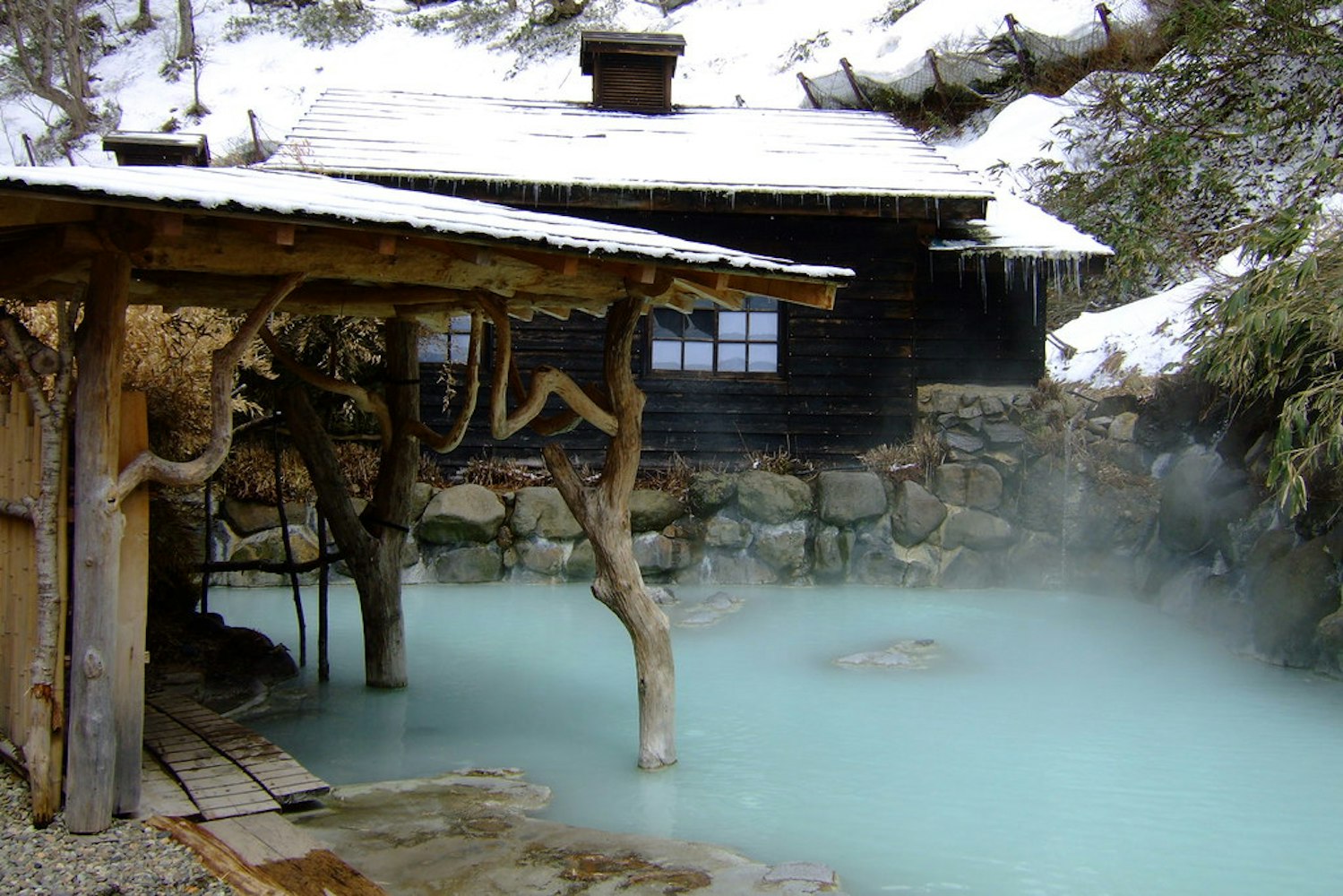
Tohoku's onsen (hot spring) culture represents relaxation and rejuvenation at its finest. The region contains hundreds of natural hot springs, from secluded mountain retreats to historic resort towns that have welcomed visitors for over a thousand years. Naruko Onsen in Miyagi offers multiple hot spring areas, each with distinct mineral compositions and healing properties. The area features traditional ryokan inns where you can experience authentic Japanese hospitality while soaking in therapeutic waters surrounded by seasonal beauty.
Nyuto Onsen in Akita provides a more rustic experience, with thatched-roof buildings nestled in pristine mountain valleys. These remote hot springs offer the quintessential Japanese onsen experience, where you can bathe in naturally heated pools while snow falls softly around you.
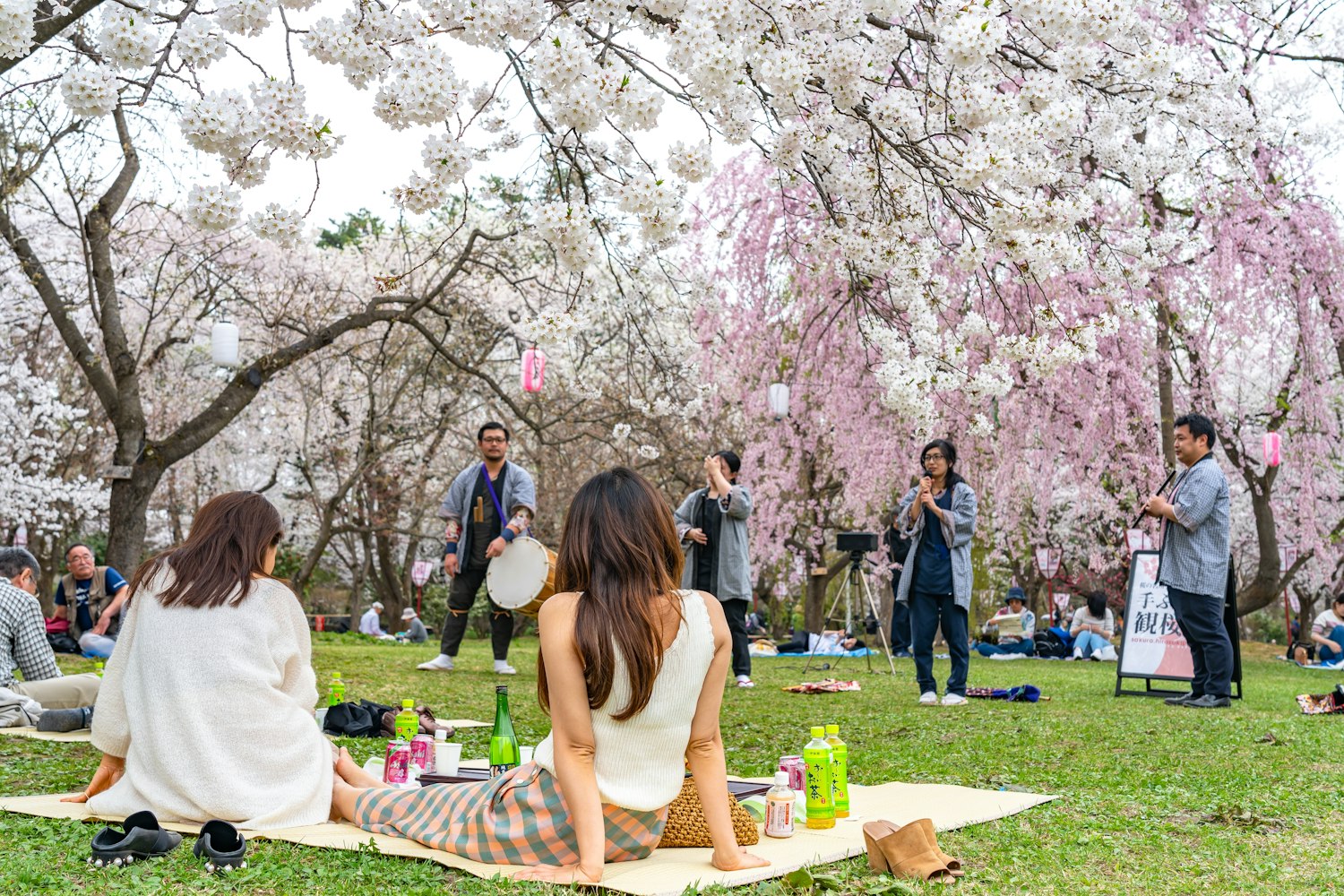
Each season transforms Tohoku into a completely different destination, offering unique experiences that highlight the region's natural beauty and cultural richness. Spring brings spectacular cherry blossoms to places like Hirosaki Park in Aomori, where thousands of sakura trees create a pink canopy over historic castle grounds.
Summer festivals explode with energy and color, from the aforementioned Nebuta Matsuri to Sendai's Tanabata Festival, where the entire city decorates itself with enormous paper streamers in a celebration of celestial love. Autumn paints Tohoku's mountains in brilliant reds and golds, creating some of Japan's most spectacular fall foliage. The region's numerous hiking trails and scenic drives offer endless opportunities to witness nature's annual transformation.
Winter brings deep snow that transforms Tohoku into a wonderland perfect for skiing, snowboarding, and winter festivals. The region's snow quality rivals the world's best ski destinations, yet remains largely undiscovered by international visitors.
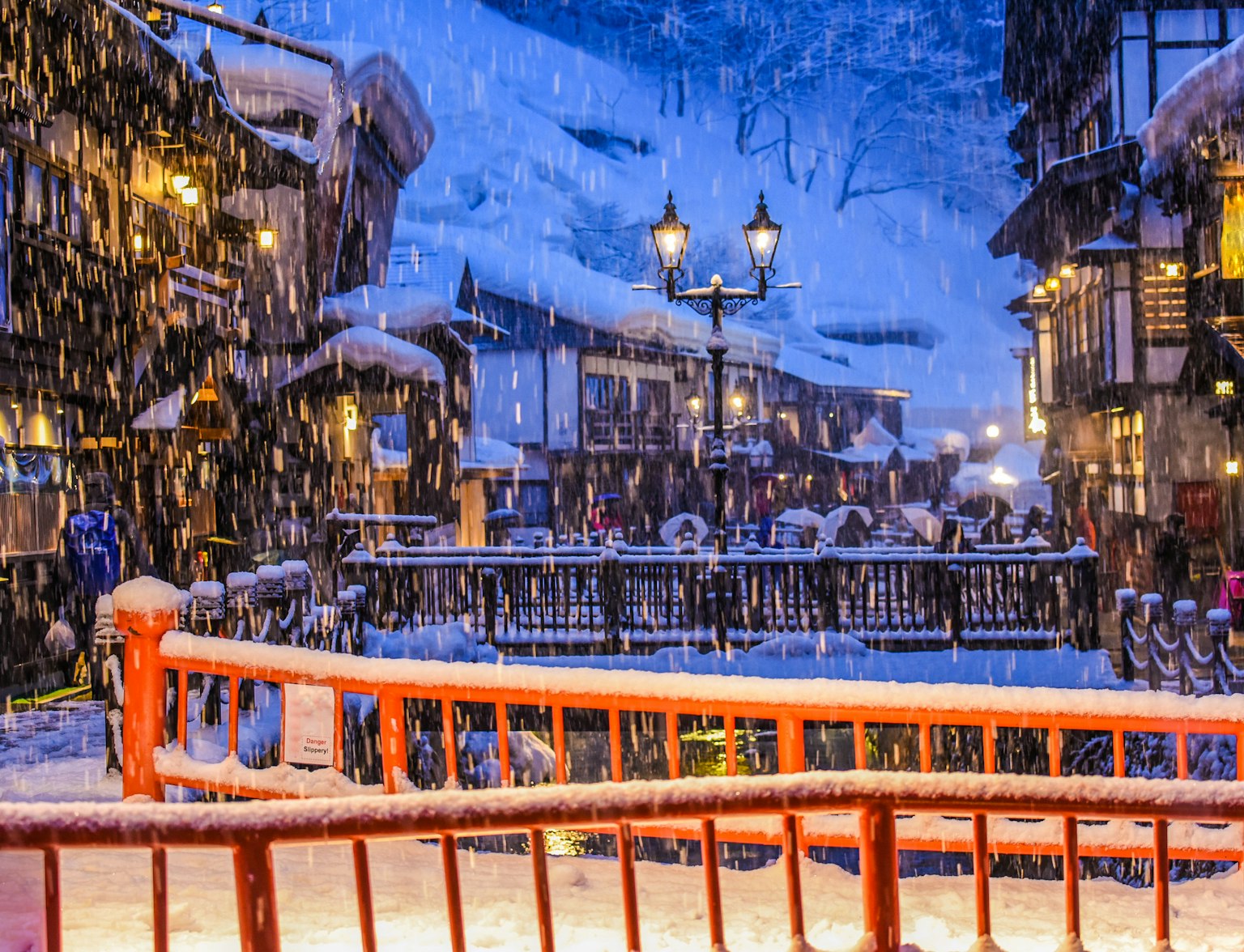
Explore the wonders of Tohoku with the JR EAST PASS.
Tohoku's transportation network makes exploring the region surprisingly convenient. The JR East Pass (Tohoku Area) provides unlimited travel on most trains within the region, including limited express services that connect major cities efficiently.
Renting a car offers the greatest flexibility for exploring rural areas, hot springs, and scenic routes that public transportation doesn't reach. Tohoku's roads are well-maintained and clearly marked, making driving accessible even for international visitors.
Many attractions offer package deals combining transportation, accommodation, and meals, making it easy to experience multiple aspects of Tohoku culture without complex planning.

Tohoku offers compelling reasons to visit during every season, but certain times provide particularly special experiences. Late spring (May) offers mild weather, fewer crowds, and beautiful cherry blossoms without the intensity of peak season elsewhere in Japan.
Summer (July-August) brings vibrant festivals and perfect hiking weather, though this is also the region's busiest season. Early autumn (September-October) provides ideal conditions with comfortable temperatures, stunning fall colors, and harvest season specialties.
Winter (December-March) appeals to snow enthusiasts and those seeking authentic seasonal experiences, though travelers should prepare for cold temperatures and potential transportation delays during heavy snow periods.
Tohoku offers everything that makes Japan special – stunning natural beauty, profound cultural heritage, exceptional cuisine, and warm hospitality – without the overwhelming crowds and commercialization that can diminish the experience in more popular destinations.
The region provides authentic cultural immersion opportunities that are increasingly rare in modern Japan. Whether you're soaking in remote hot springs, participating in ancient festivals, or hiking through pristine forests, Tohoku allows you to connect with Japan's essence in ways that crowded tourist destinations simply cannot match.
Ready to discover Japan's best-kept secret? Start planning your Tohoku adventure today and prepare to fall in love with a side of Japan few visitors ever see.

Step into the heart of Aizu's age-old traditions; craft your own paper knife guided by master swordsmiths.
